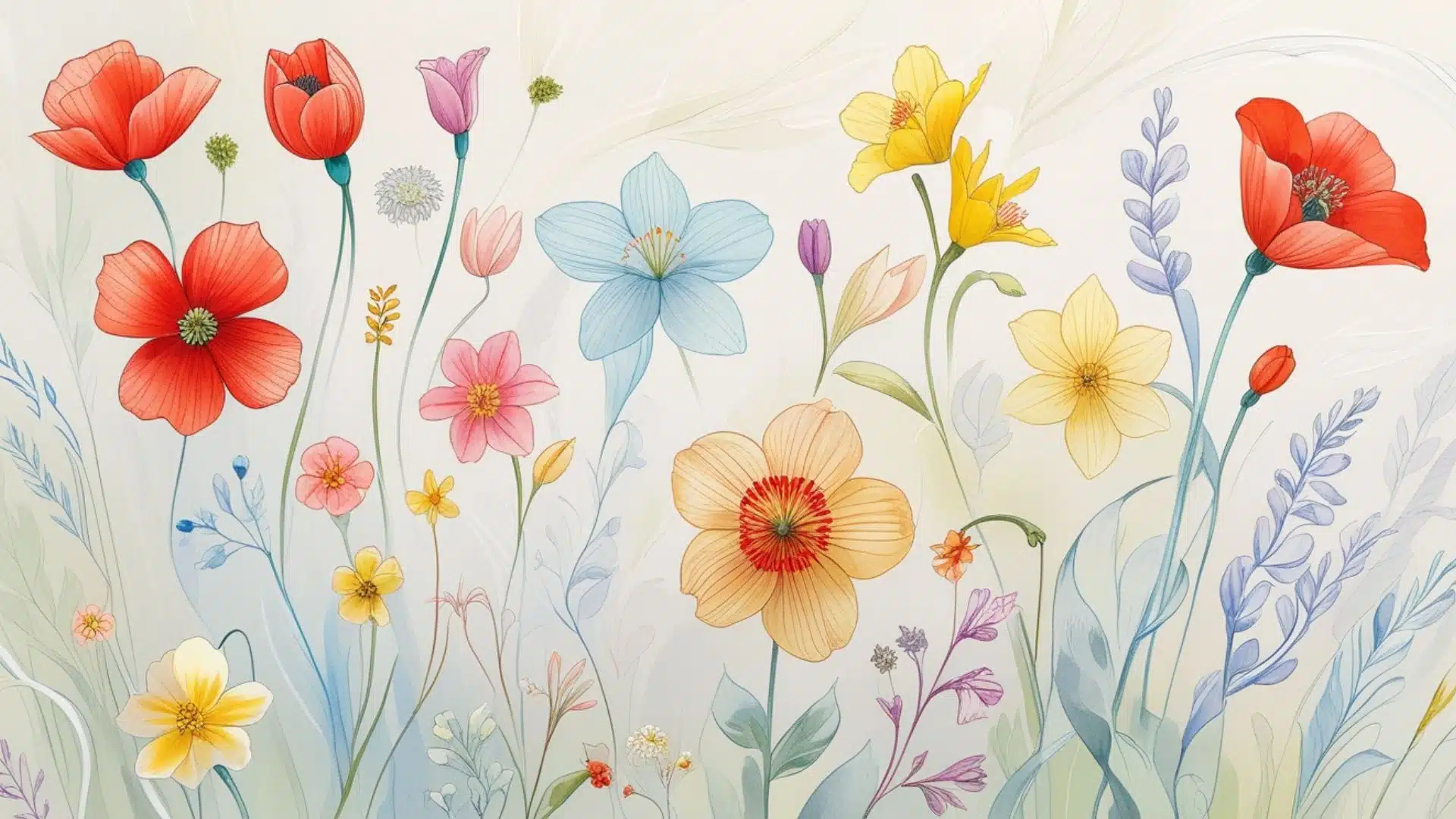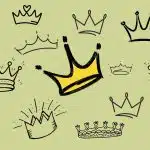Flowers are a timeless subject for artists and beginners alike. Their natural beauty, intricate details, and wide variety of shapes and sizes make them perfect for exploring creativity. Whether you’re a seasoned artist looking for inspiration or a beginner eager to try your hand at drawing, this page is packed with ideas to help you capture the essence of flowers.
Why Draw Flowers?
Drawing flowers is more than just an artistic exercise; it’s a way to connect with nature and develop essential skills like observation, shading, and composition. Flowers can be as simple or as complex as you want them to be, making them an ideal subject for artists at any skill level.
What You’ll Find on This Page
- Simple Flower Sketches: Perfect for beginners, these easy-to-draw flowers feature clean lines and basic shapes.
- Creative Flower Designs: For those looking to add a whimsical touch to their artwork, explore unique and imaginative flower sketches.
- Step-by-Step Tutorials: Follow along with guided examples to draw your favorite flowers with confidence.
- Tips and Tricks: Learn essential techniques to bring your flower drawings to life with depth and texture.
Tools You’ll Need
To get started, all you need is some basic drawing supplies:
- Pencil or pen
- Eraser
- Paper or sketchbook
Optional tools like colored pencils or markers can add a splash of color to your creations once you’re satisfied with your sketches.
Let’s Get Started!
Whether you’re here to relax with simple doodles or challenge yourself with intricate designs, flower drawing is a delightful way to express your creativity. Dive into the ideas below and bring your floral masterpieces to life!
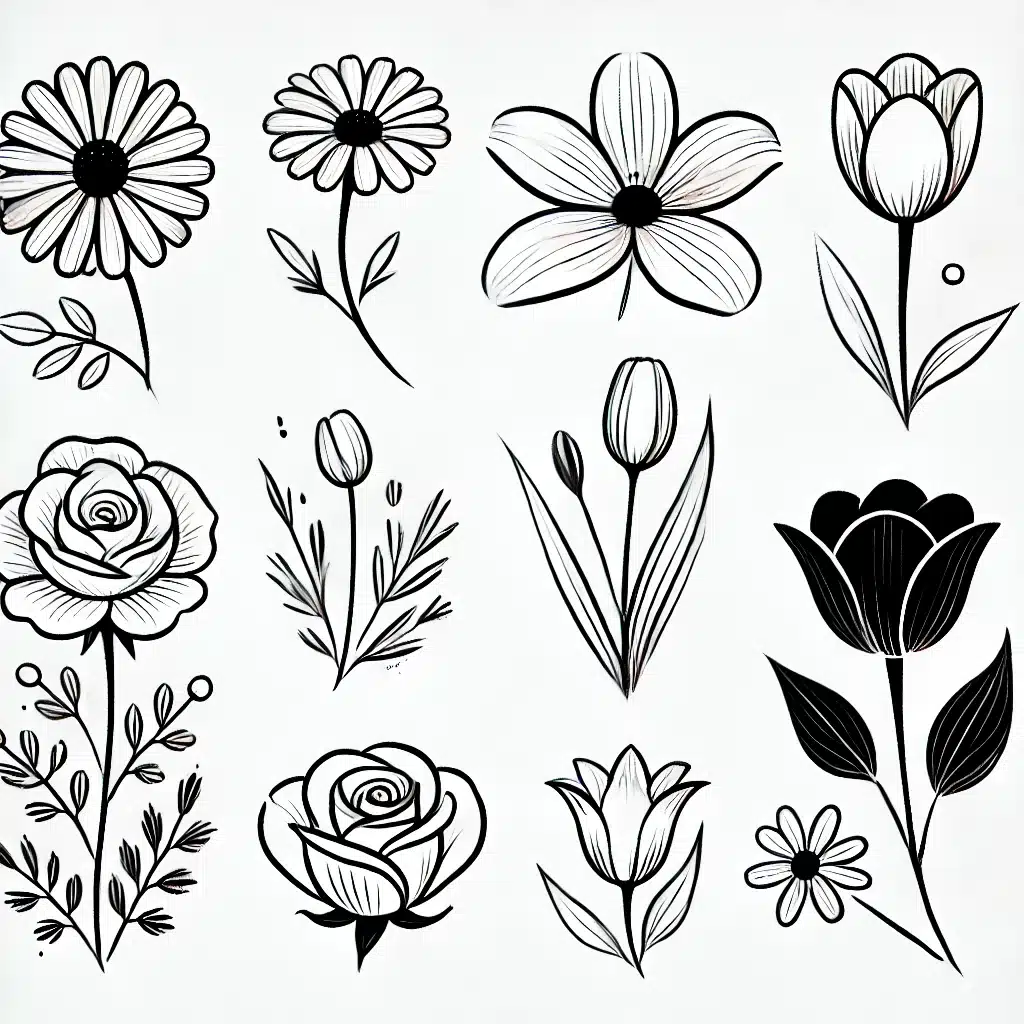
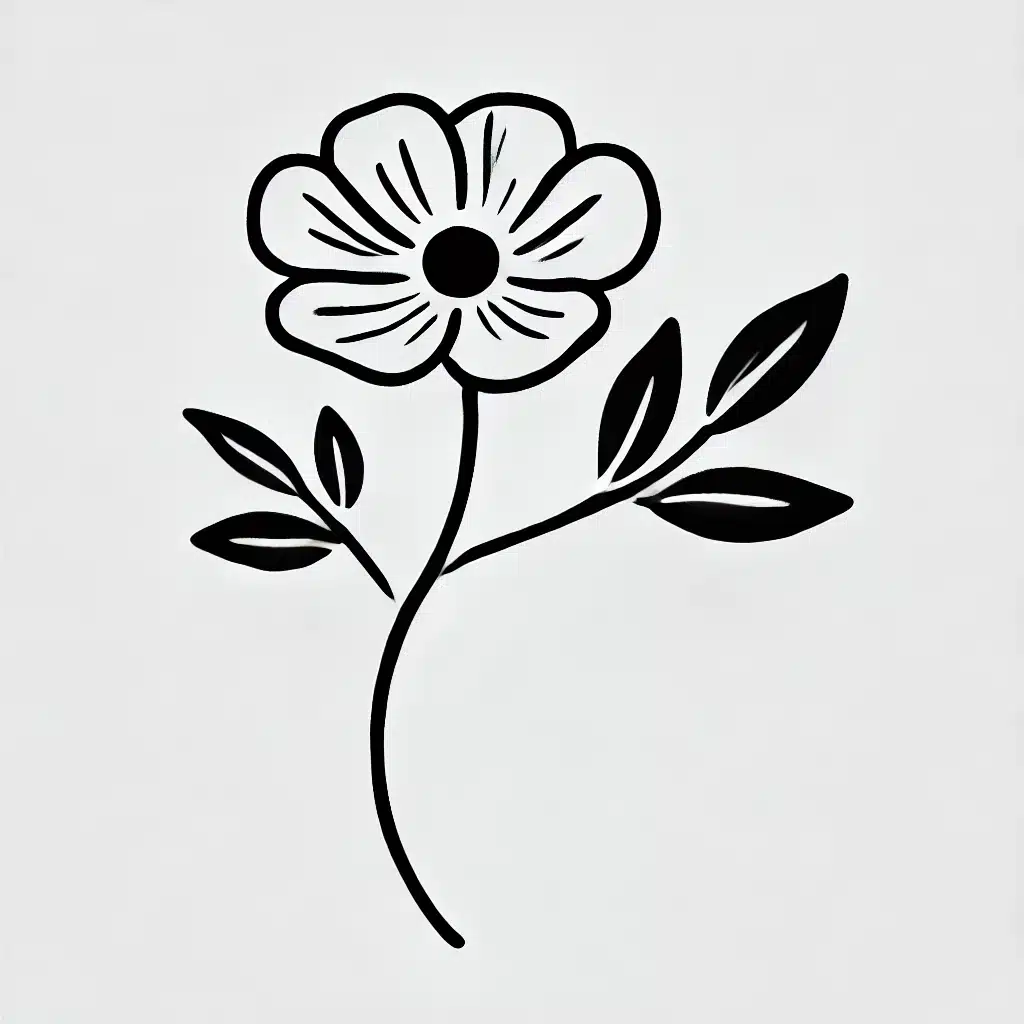
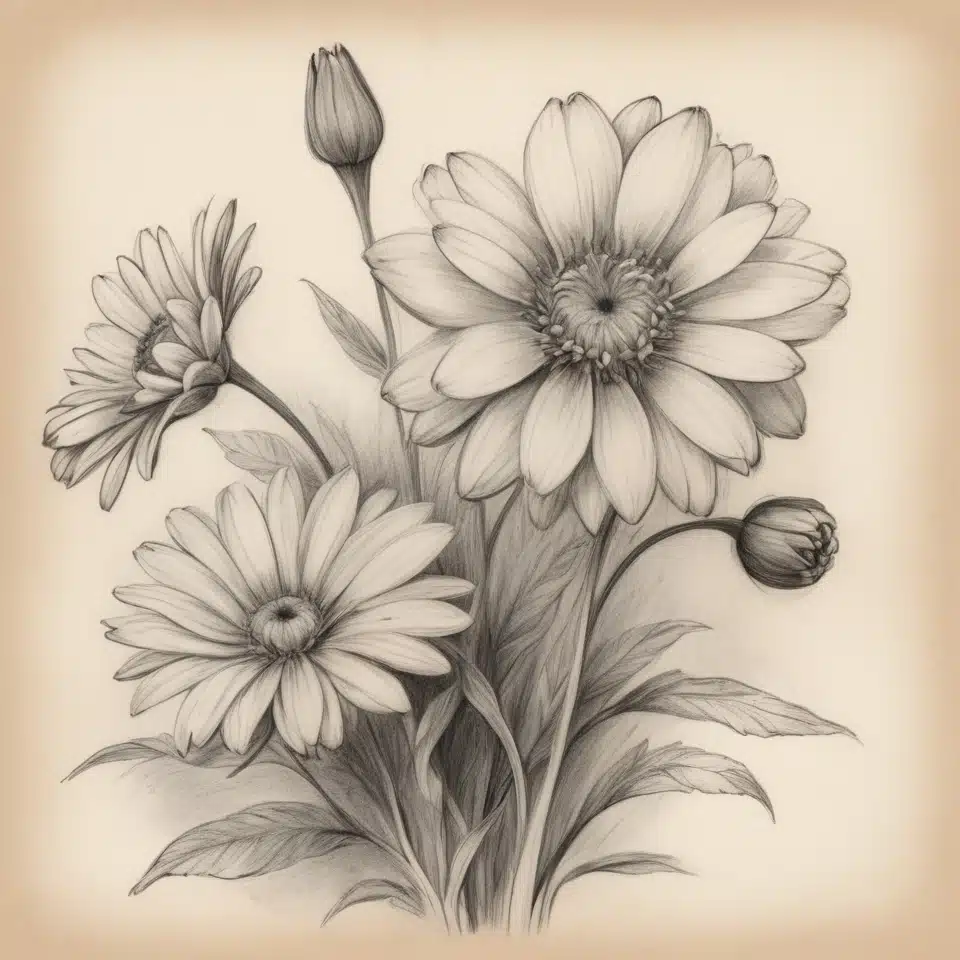
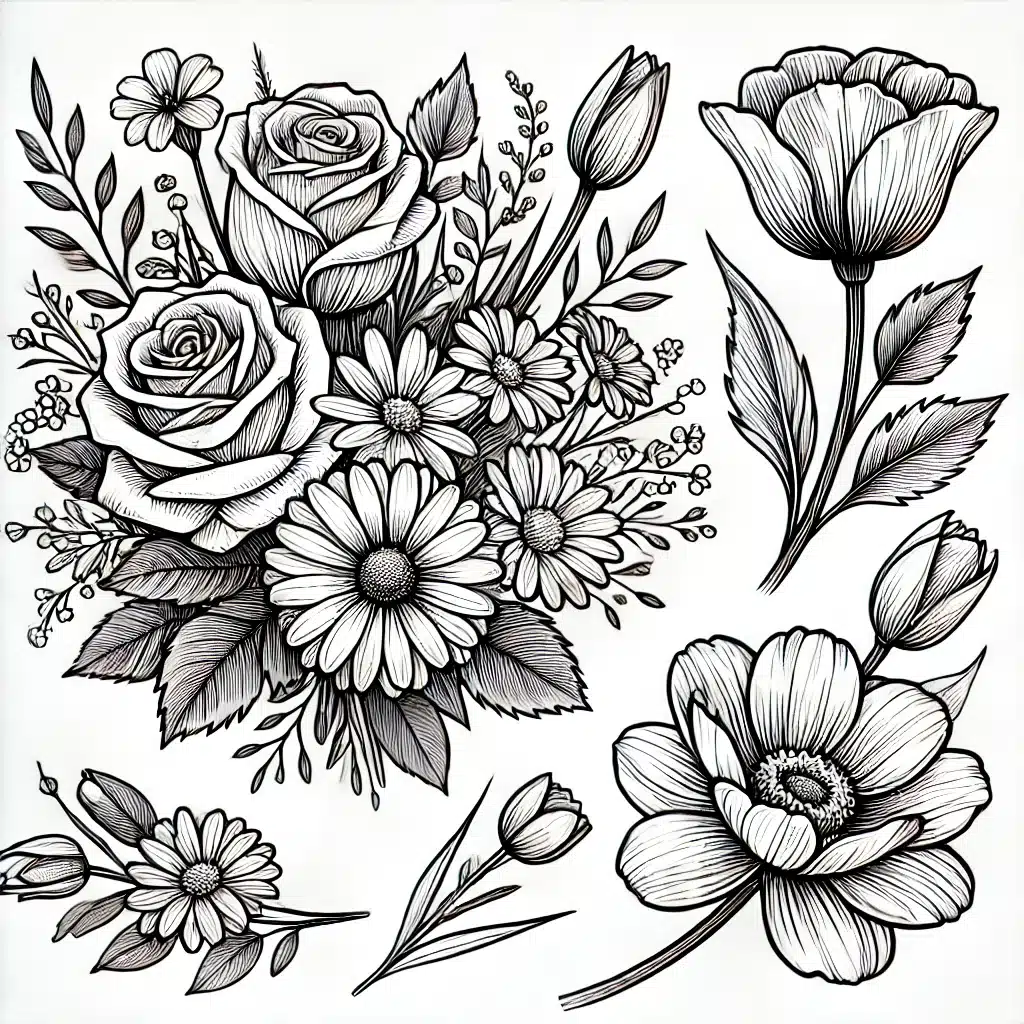
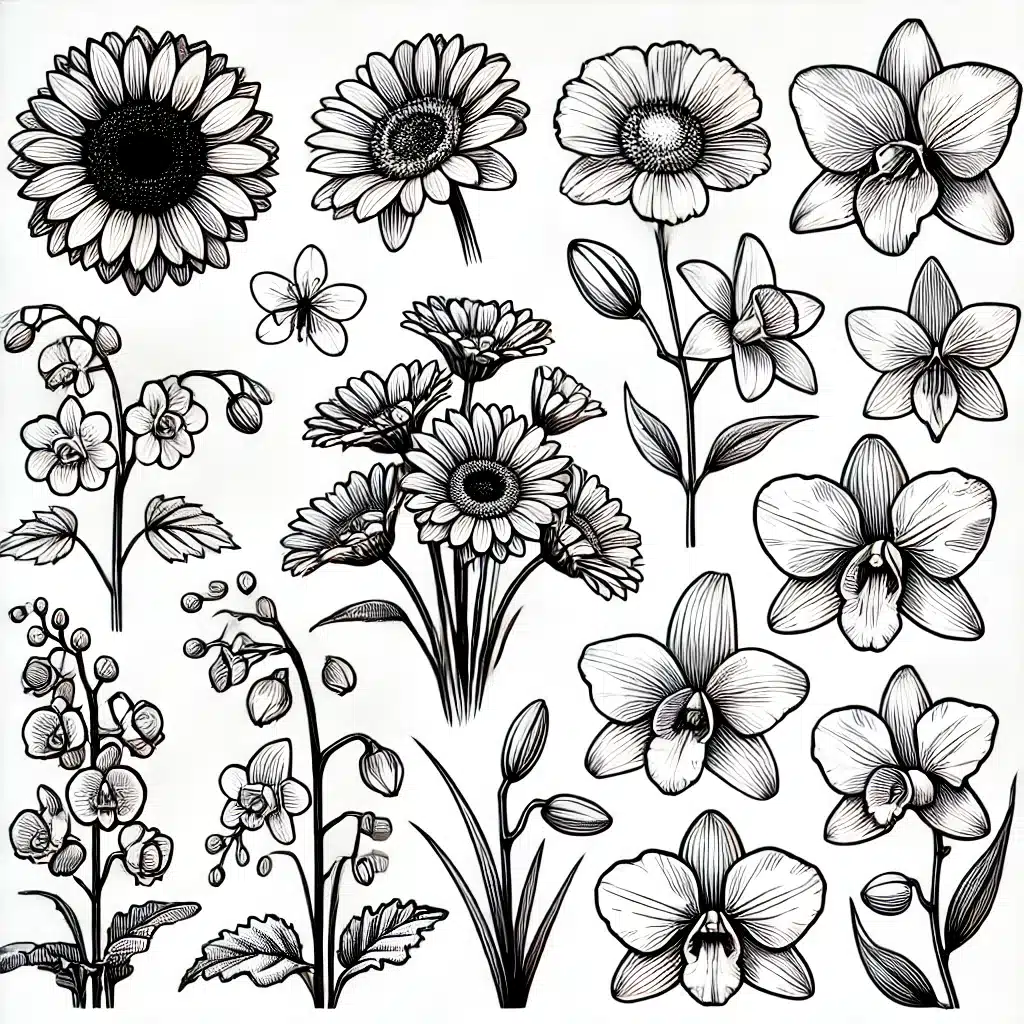
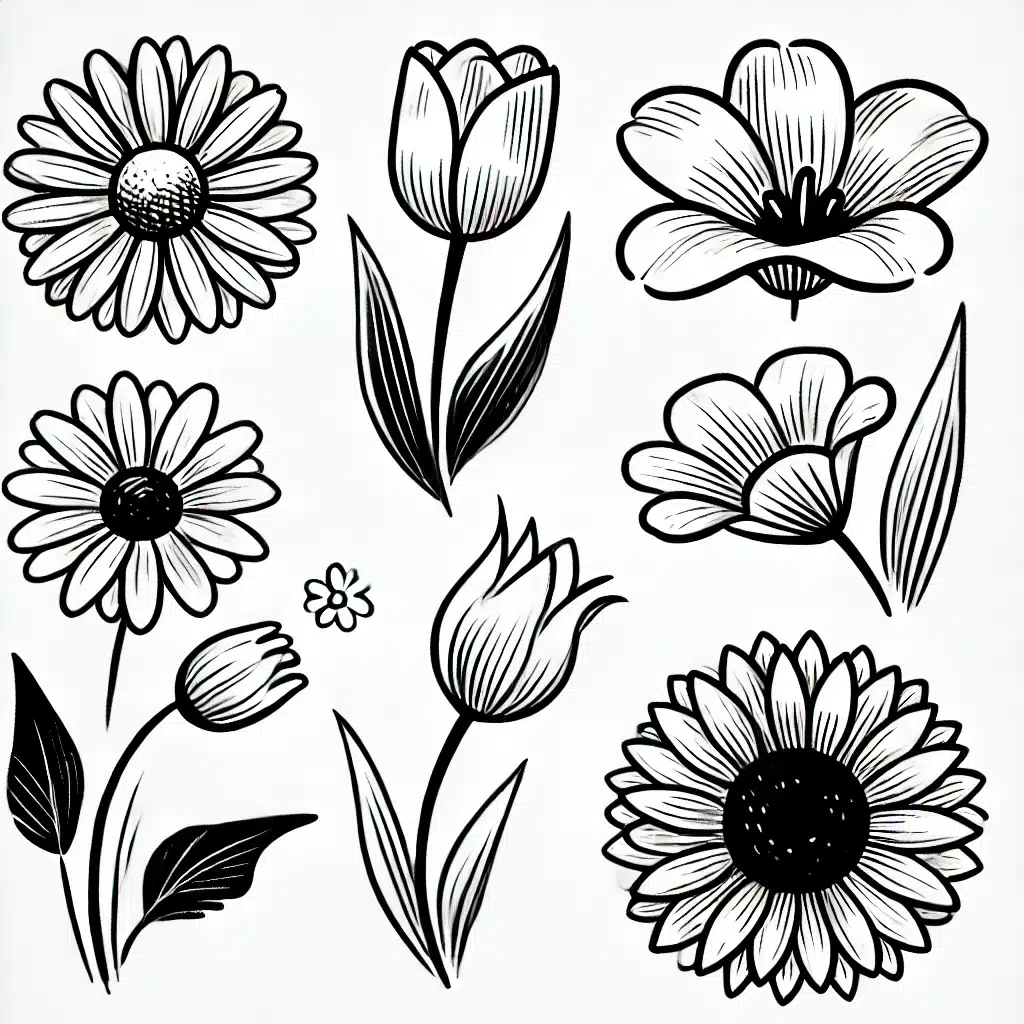
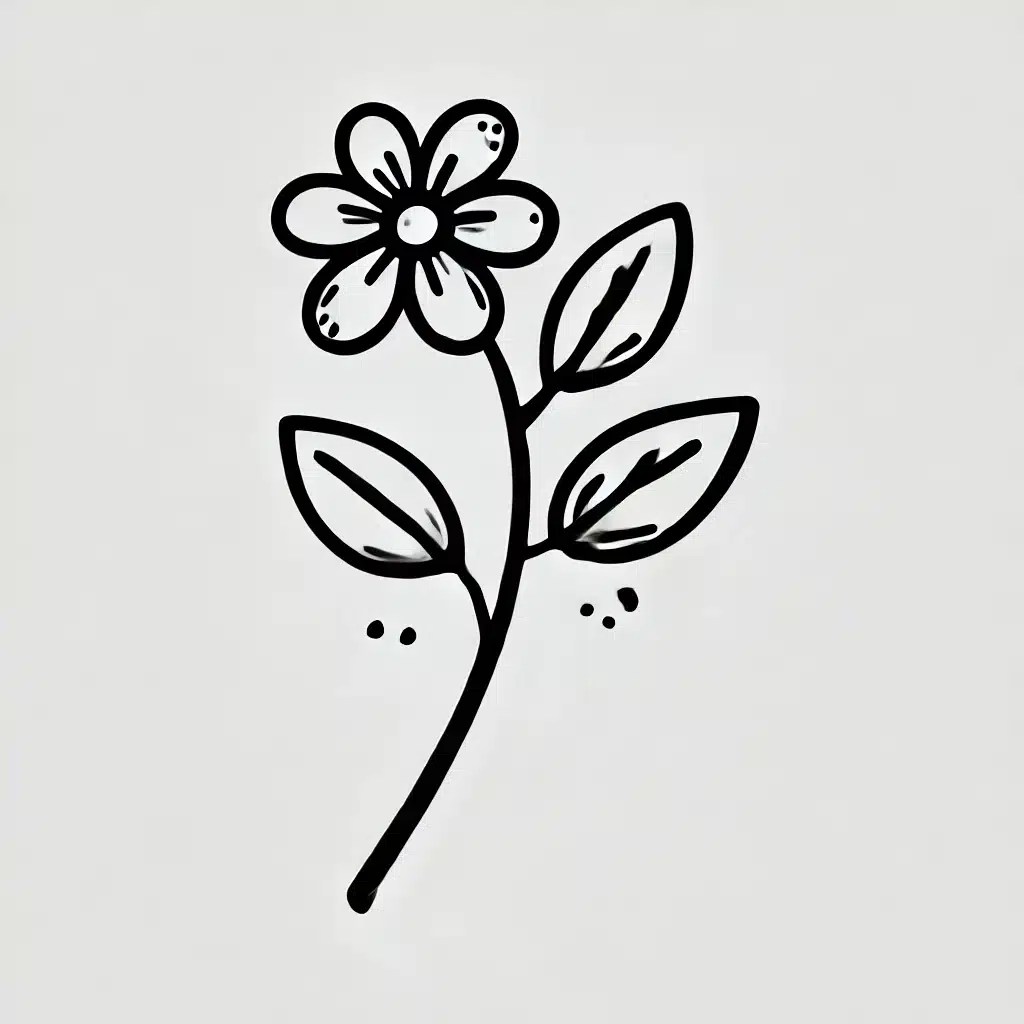
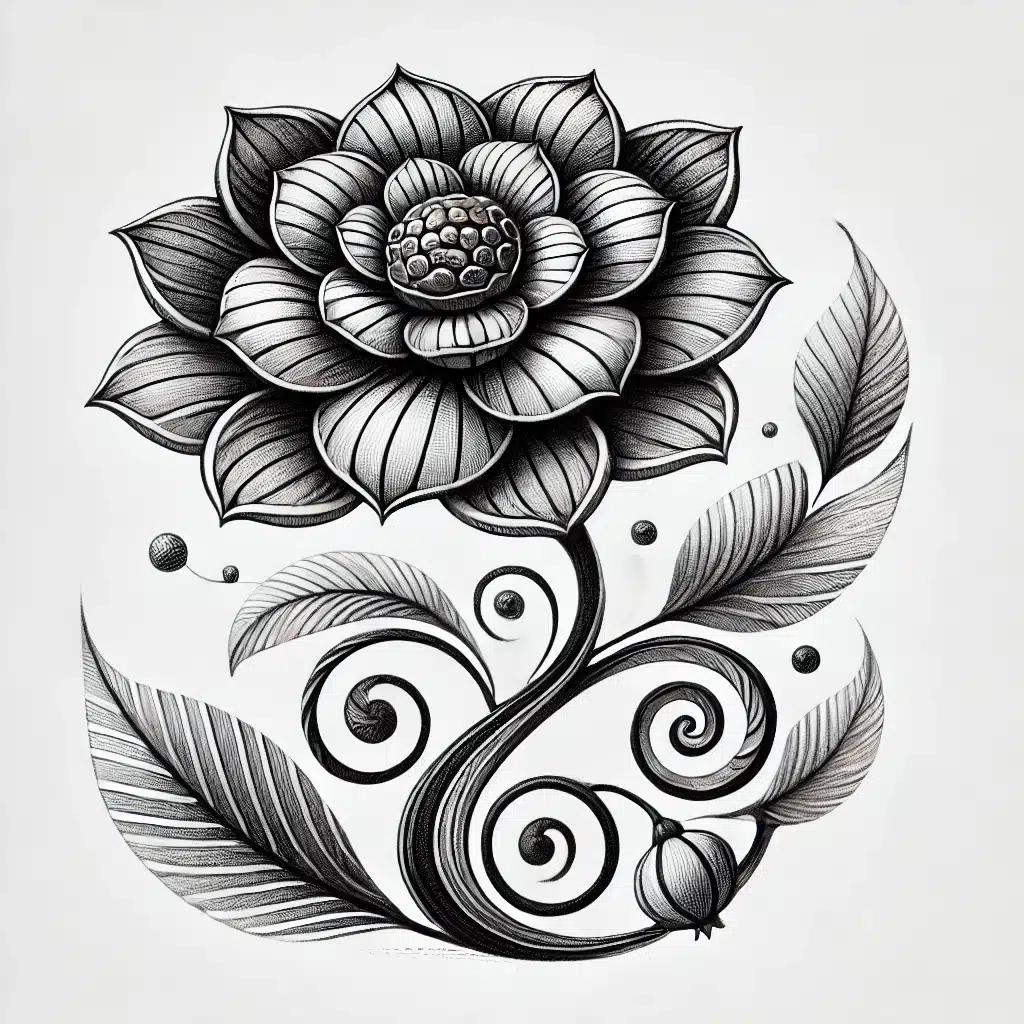
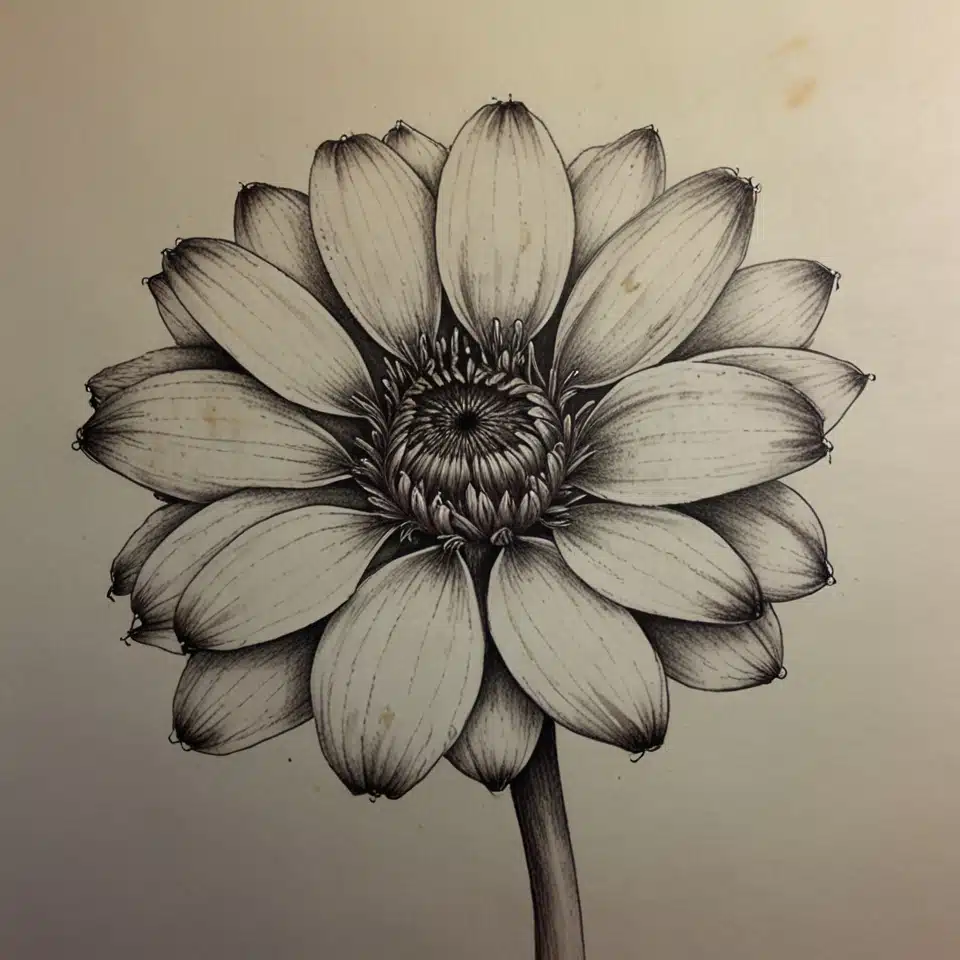
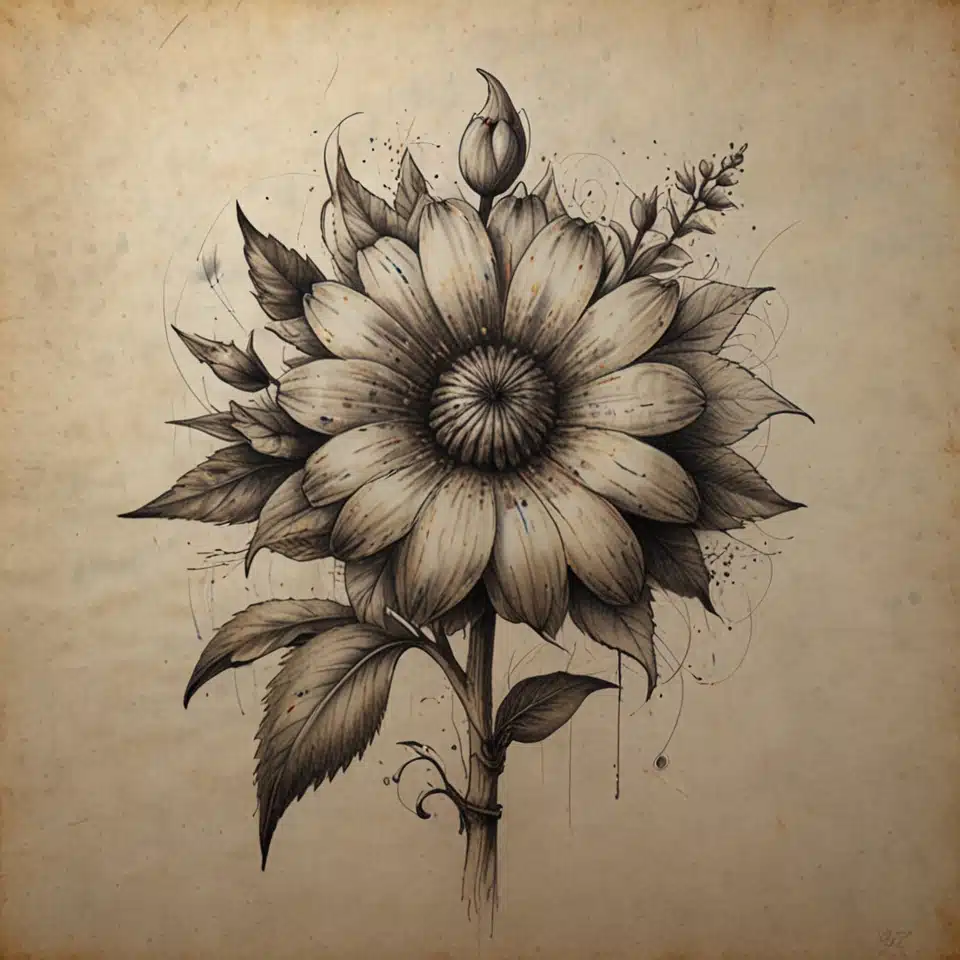
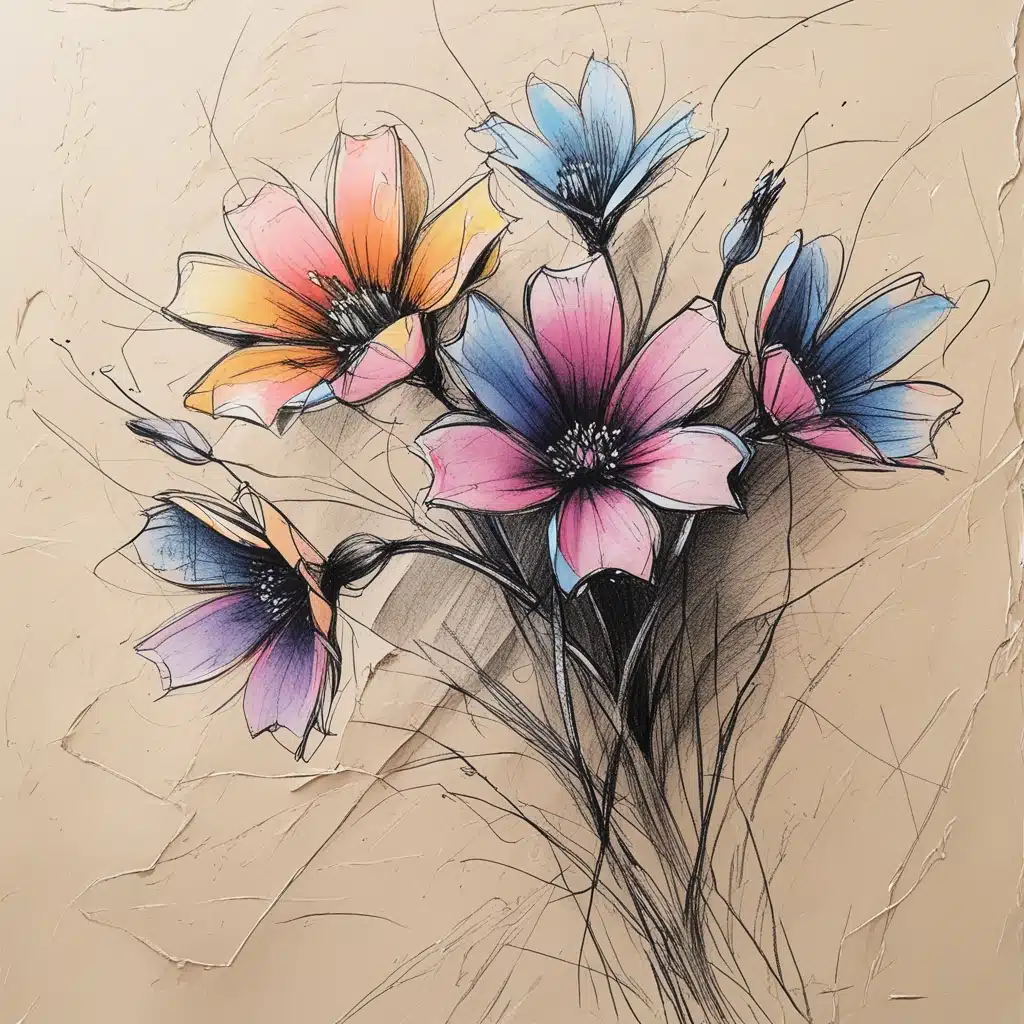
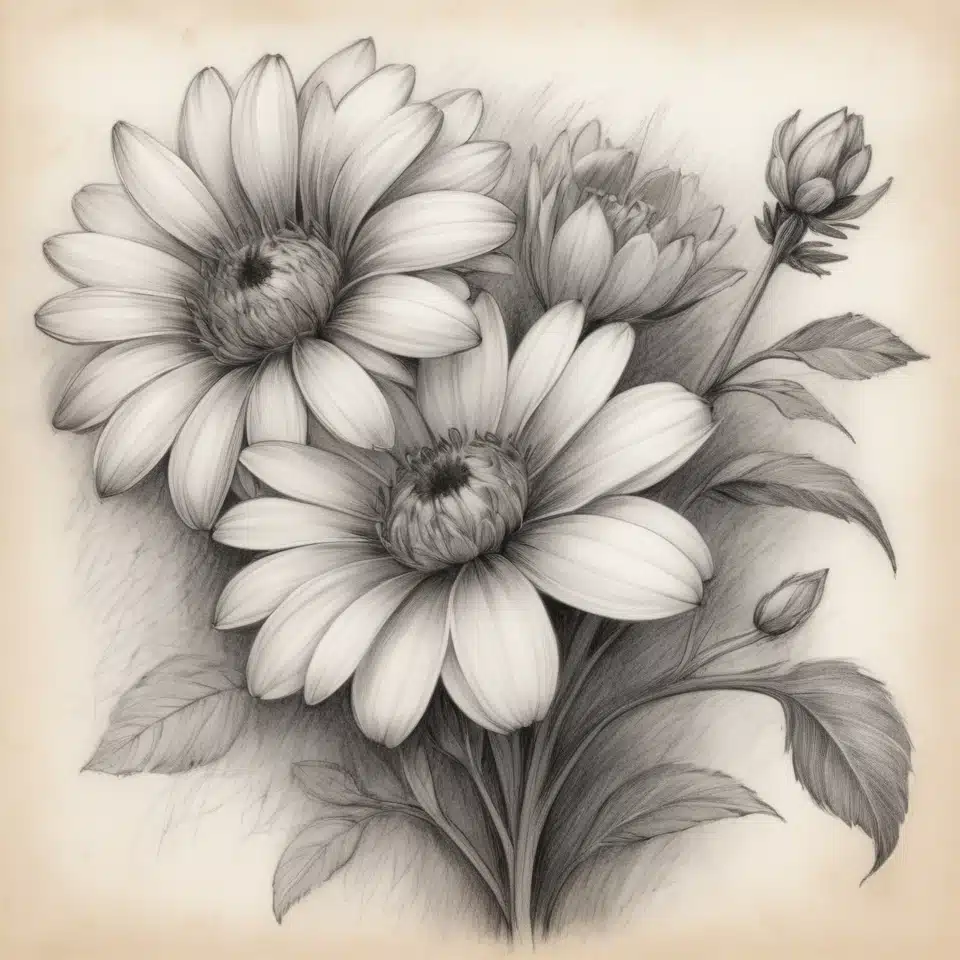
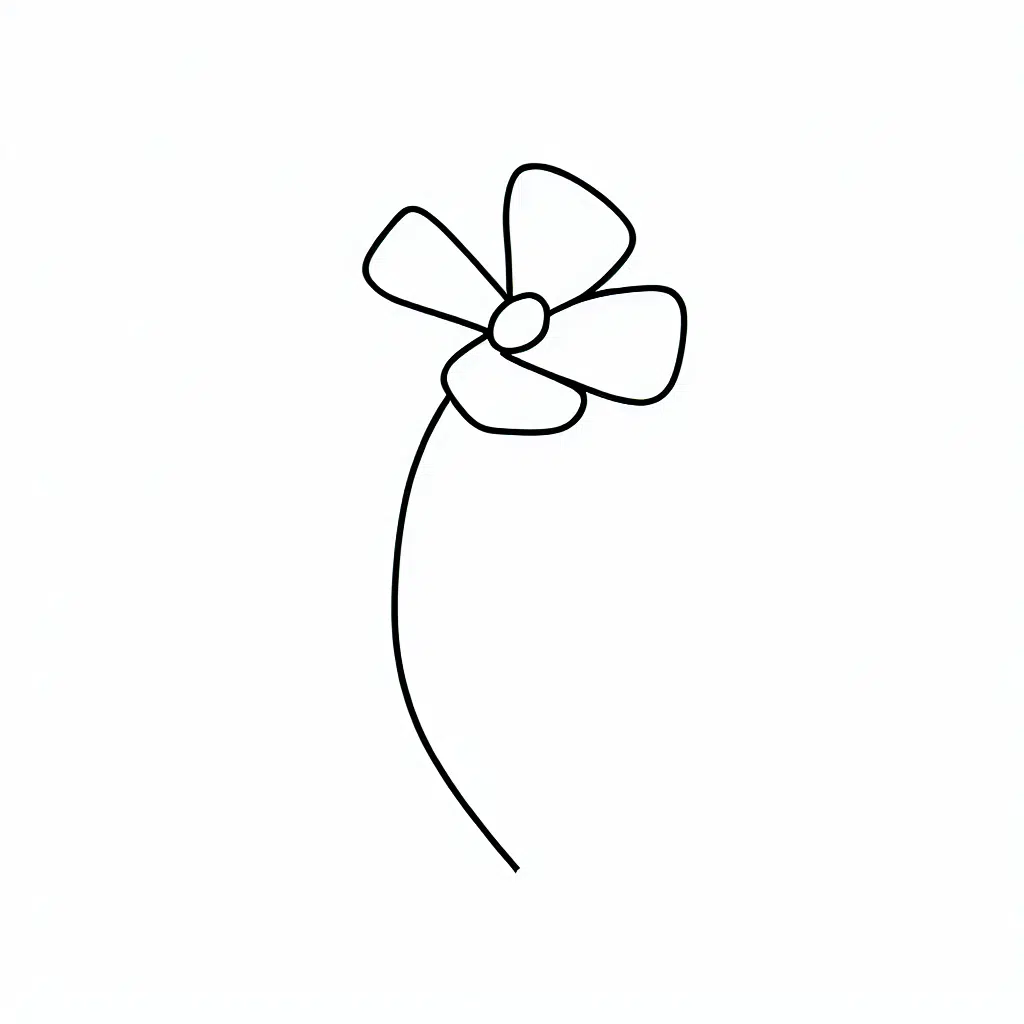
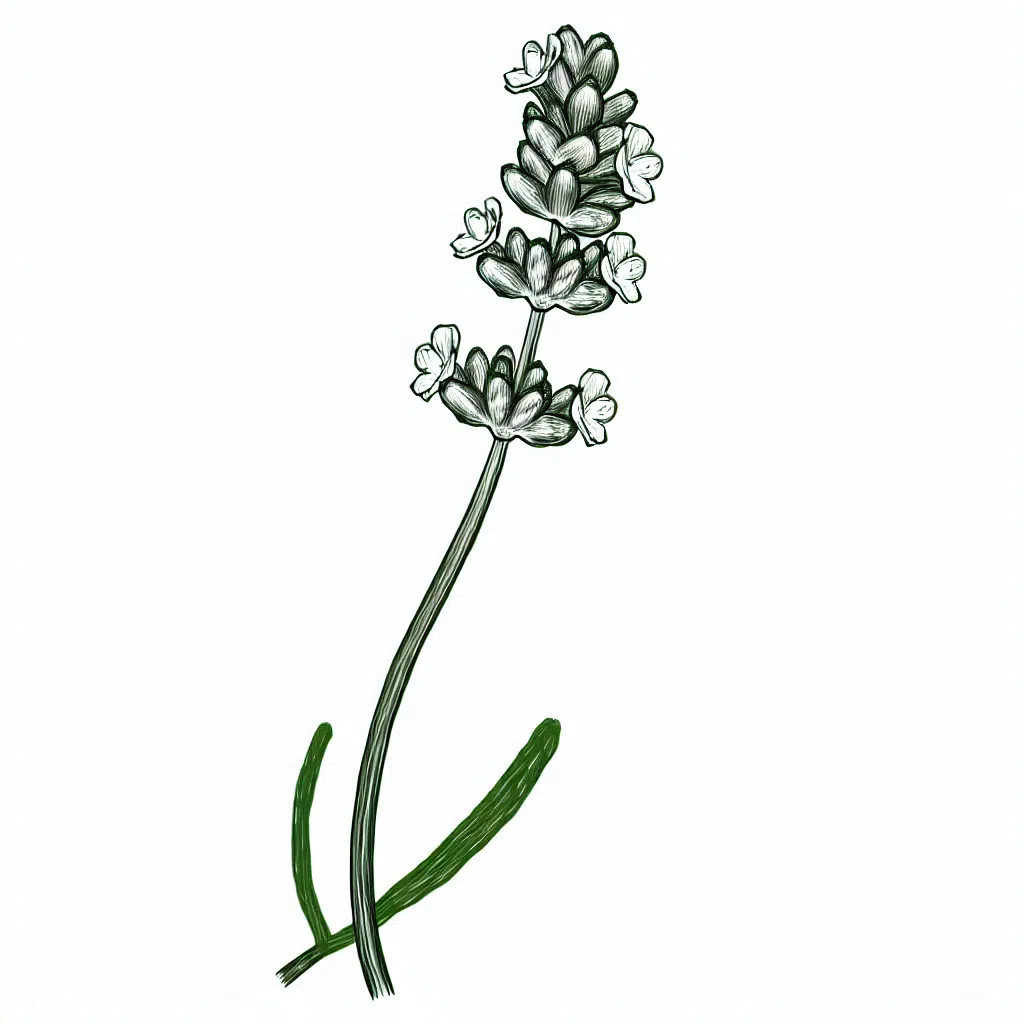
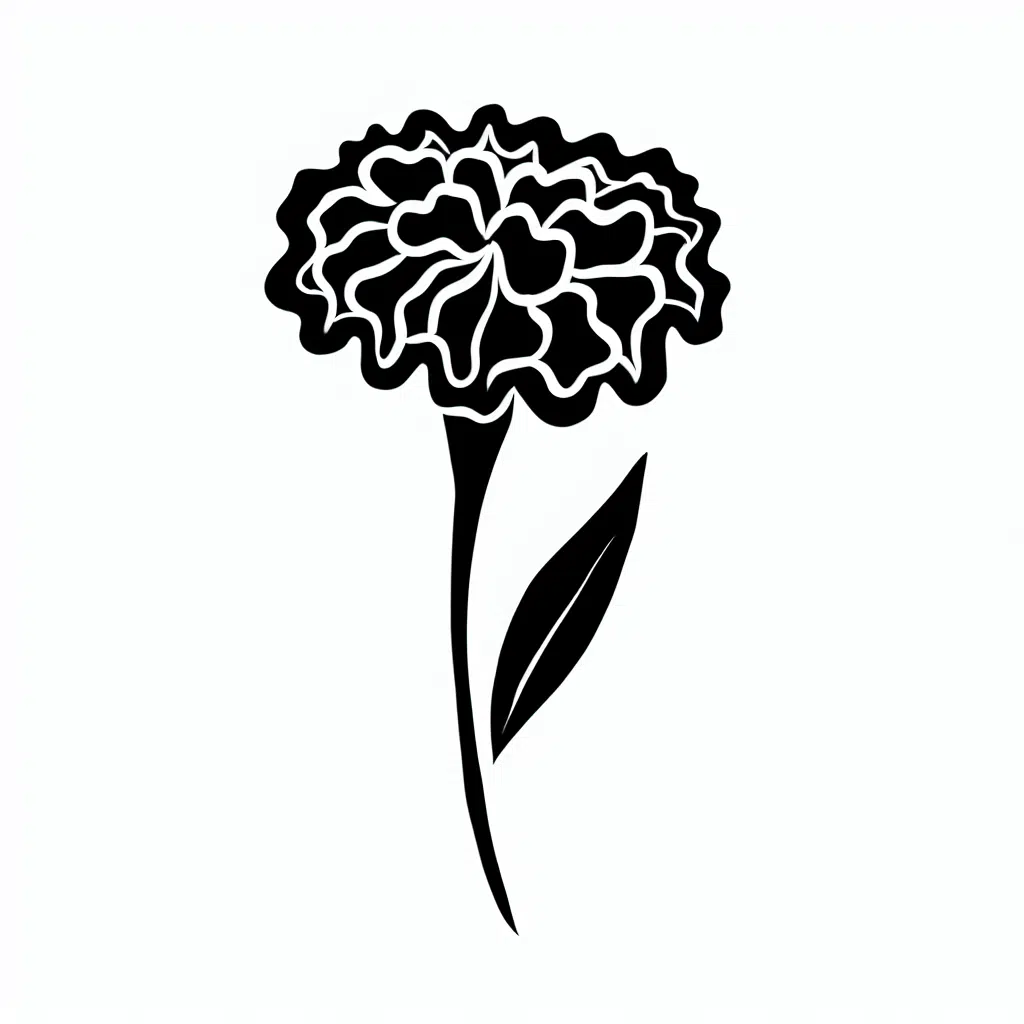
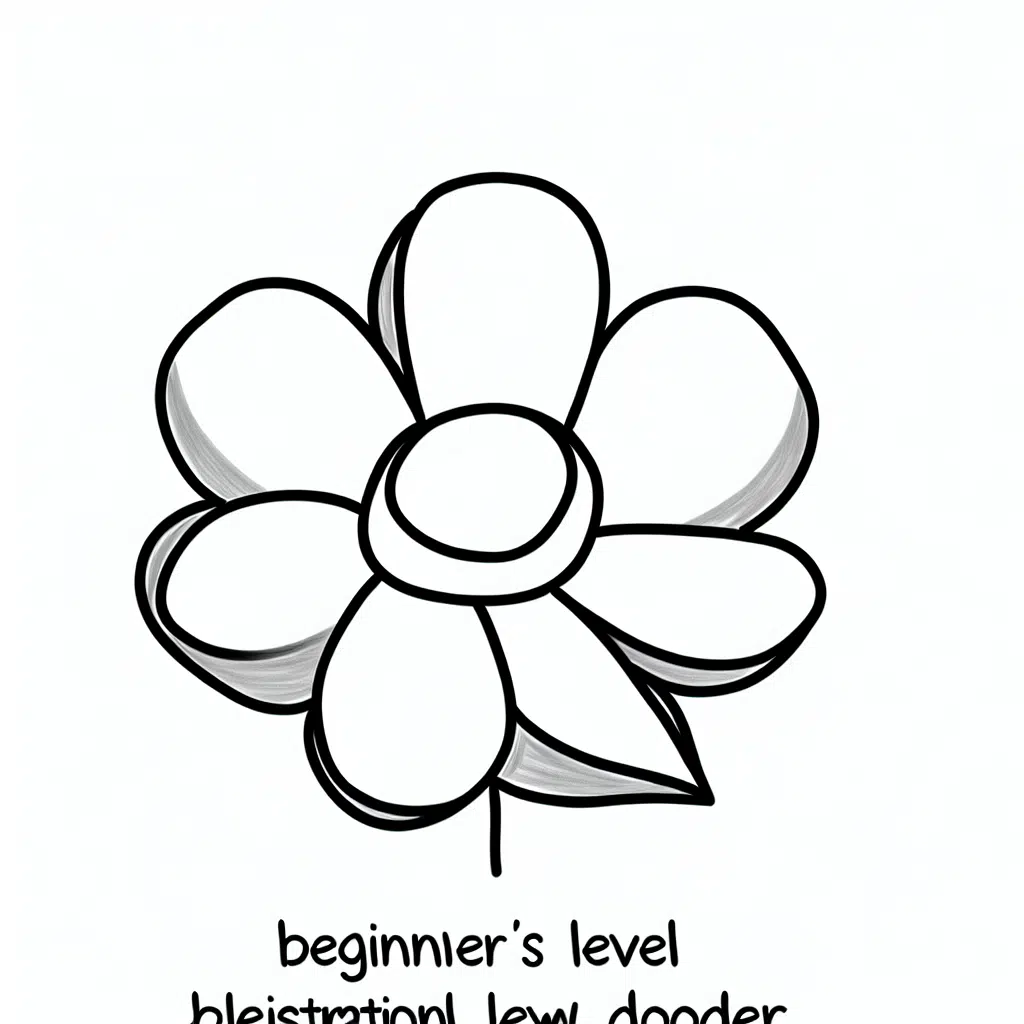
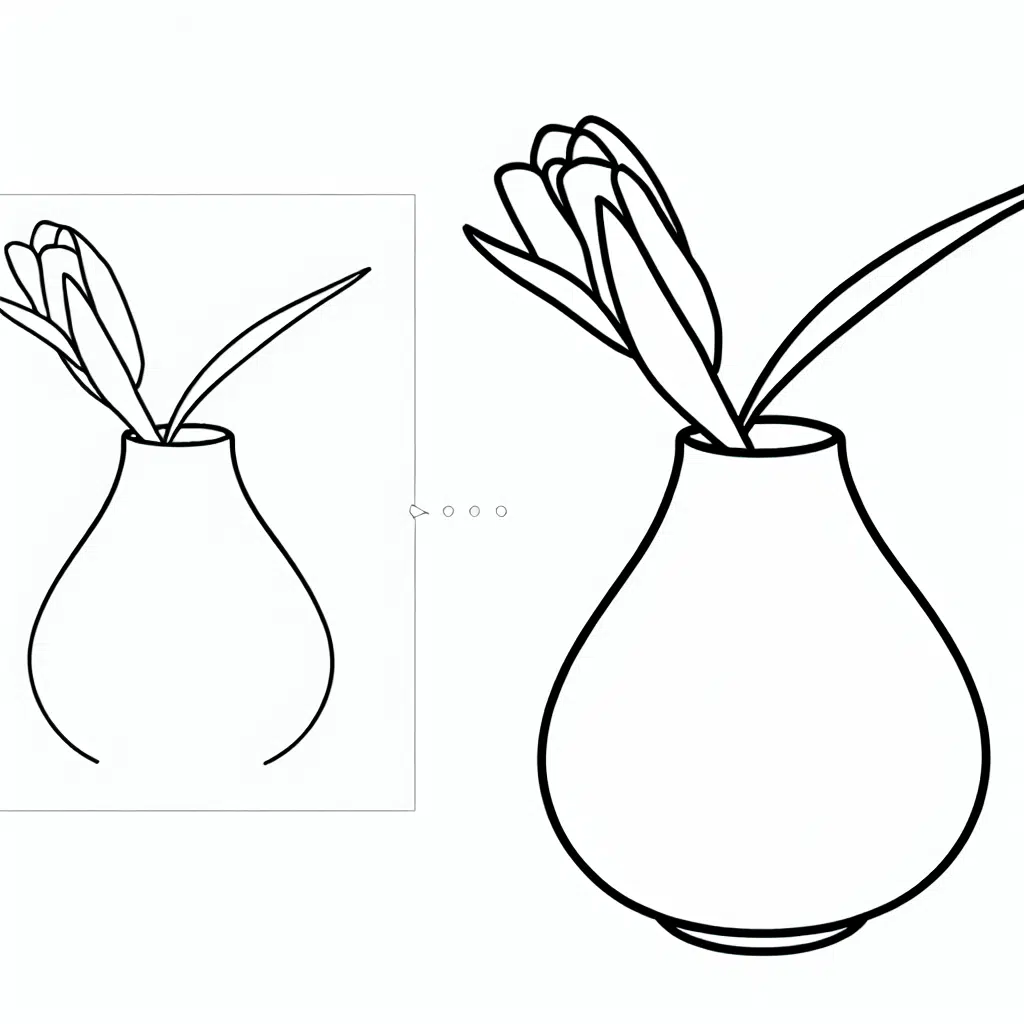
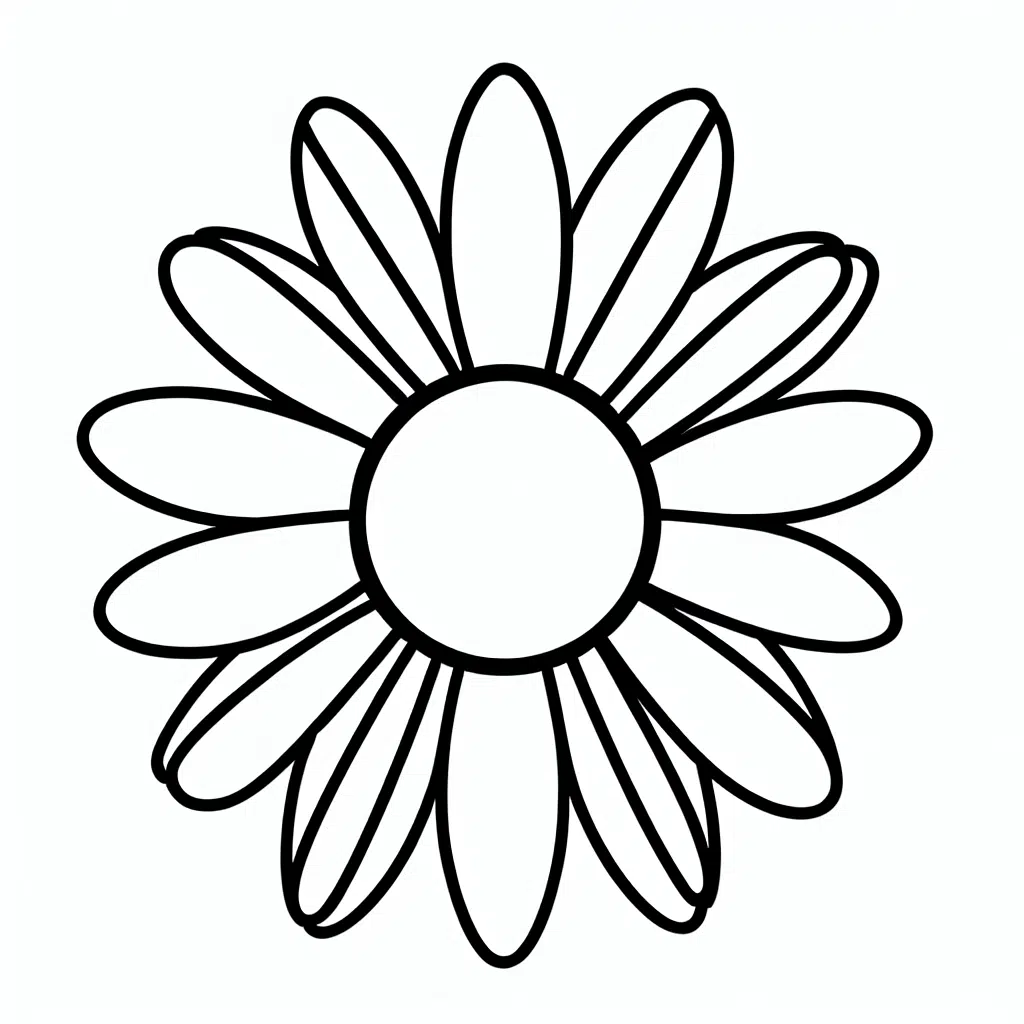
Tools and Techniques for Flower Drawing
Creating beautiful flower drawings begins with the right tools and techniques. Here’s what you’ll need and some tips to enhance your skills:
Essential Tools
- Pencil: Start with a light pencil (e.g., HB or 2H) for sketching and a darker one (e.g., 2B or 4B) for shading.
- Eraser: Use a kneaded eraser for precise corrections without damaging the paper.
- Paper: Choose smooth paper for detailed line work or textured paper for shading and blending.
- Markers or Pens: Ideal for adding clean, bold outlines.
- Blending Tools: Use blending stumps or tissues for soft shading effects.
Basic Techniques
- Outlining: Lightly sketch the flower’s outline to ensure proportions and placement are correct.
- Layering: Build up details gradually by layering lines and shading.
- Hatching and Cross-Hatching: Use these techniques to add texture and depth to petals and leaves.
- Shading: Apply pressure variation to create light and shadow, making your flowers look three-dimensional.
- Detailing: Add veins on petals and leaves to bring out realistic textures.
Tips for Beginners
- Start with simple flowers like daisies or tulips before progressing to intricate ones like roses or orchids.
- Use reference photos or real flowers for inspiration and accuracy.
- Practice drawing individual parts, like petals or leaves, to build confidence.
Color Tips for Flower Drawings
Adding color to your flower drawings can transform them from simple sketches into vibrant works of art. Here’s how to get started:
Coloring Tools
- Colored Pencils: Great for layering and blending shades.
- Watercolors: Perfect for soft, translucent effects.
- Markers: Provide bold and even color application.
- Digital Tools: Use apps like Procreate or Photoshop for unlimited color possibilities.
Coloring Techniques
- Layering: Apply light colors first, then build up darker tones for depth.
- Blending: Use blending pencils, brushes, or water for smooth transitions between colors.
- Shading: Add darker hues near the base of petals and leaves for a realistic look.
- Highlighting: Leave small areas white or use a white pencil/gel pen for highlights.
Choosing Colors
- Realistic Approach: Use colors true to the flower species (e.g., yellow for sunflowers, red for roses).
- Creative Approach: Experiment with unusual colors for a whimsical touch.
- Complementary Colors: Pair colors that enhance each other, such as purple and yellow or pink and green.
Tips for Success
- Test your colors on scrap paper to ensure they blend well.
- Start with a light touch; you can always add more color but can’t easily erase it.
- Use a reference photo to match shades and highlights accurately.
By combining the right tools, techniques, and a splash of color, you can bring your flower drawings to life, whether they’re realistic or fantastical creations.

